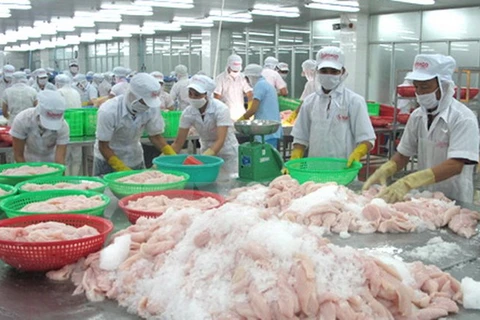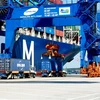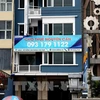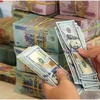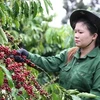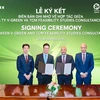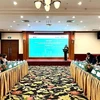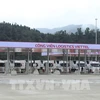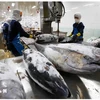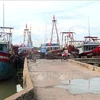Hanoi (VNA) – All batches of products made from Siluriformes fish supposed to be shipped to the US will have to undergo food safety tests from July 17 to October 15, according to the National Agro – Forestry – Fisheries Quality Assurance Department (NAFIQAD).
Siluriformes fish include tra, basa, tre and lang fish.
Samples will be taken from all batches of fish products manufactured by factories eligible to ship their products to the US markets to test for Salmonella, Malachite Green/Leuco Malachite Green, Enrofloxacine/Ciprofloxacine and Crystal Violet.
Only when the samples pass the tests and be certified by regional Centres for Agro – Forestry – Fisheries Quality can the batches be allowed for export.
NAFIDAQ requested all relevant firms to register for examination and certification of their products.
In March this year, the United States released a list of eligible catfish exporters of four countries, including 23 from Vietnam, who could ship their products to the US market.
Total export value of Tra fish reached 616 million USD in the first six months of this year, according to the Vietnam Association of Seafood Exporters and Producers (VASEP). Of which, the European Union and the US markets account for about half of the total exports.
The VASEP forecast that the Tra fish exports turnover this year would be 1.5 billion USD, a decrease of 5 percent compared to 2015.
The decrease would be attributed to the enforcement of trade and technical barriers in many import markets as well as low consumption demands there.
Vietnam is now shipping Tra fish to 150 countries and territories worldwide.-VNA



